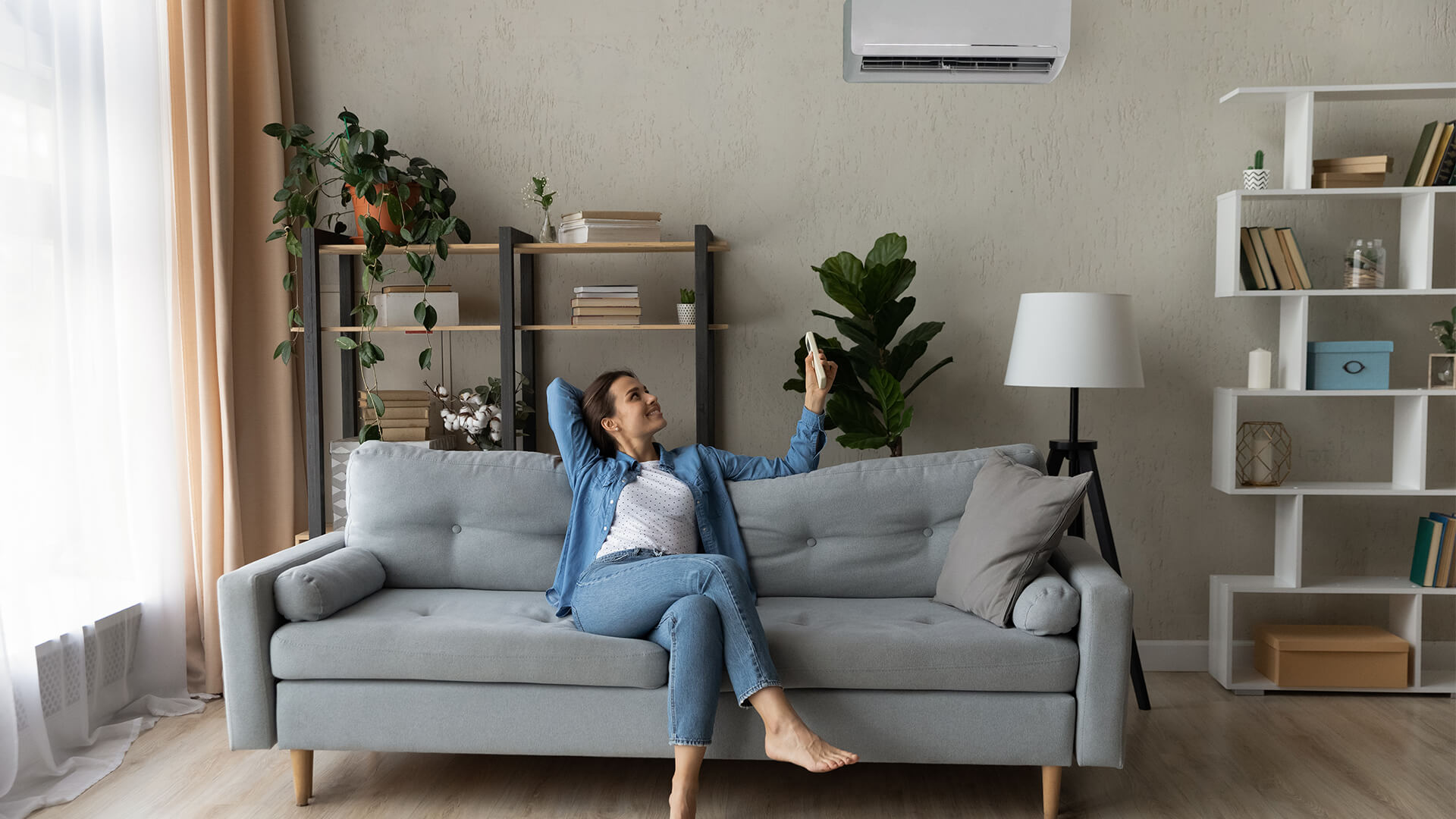By Evelyn Long, Editor-in-Chief of Renovated.
Many homeowners turn on air conditioning units to keep their homes nice and cool when it’s hot outside. However, some homes don’t have central A/C, and portable units can be expensive.
There are ways to keep a house cool and comfortable during high temperatures without an air conditioner. Homeowners across the country can save money and energy by cutting back on the A/C.
Here’s how to cool a house without air conditioning. The good news is that most of these methods don’t cost a dime, which is helpful for those on a budget.
Keep the Windows and Doors Closed
A window is an excellent asset in keeping a home cool and insulated. The right type of windows and treatments can keep the house comfortable without the need for an air conditioner.
The more glass panes a window has, the more insulation it will provide. On hot days, they can keep the cool air inside while preventing the sun’s rays from letting in heat.
The right window treatments also give any home a boost in insulation when residents don’t need natural light. Opaque curtains keep light from entering the house, preventing the heat that comes with it.
Homeowners should also ensure their windows have a solid seal. Cracks can let in warm air. The same rules go for doors. A thicker door with a nice seal can help keep a home insulated, so replace yours if it’s not energy-efficient.
Keep the Oven and Dryer Off During the Day
Ovens and dryers produce heat that can travel into other rooms, making homes uncomfortable.
Residents can ensure their rooms stay cool by keeping these appliances off during the day and only using them when necessary.
That doesn’t mean anyone has to give up baking and laundry during hot days, but doing these tasks after dark can save cold air.
It’s best to do laundry once the sun goes down and prebake meals ahead of time. This change in schedule can also give free time to enjoy other activities during the daylight hours.
Switch Lightbulbs
Consider switching incandescent or fluorescent lightbulbs out for light-emitting diode (LED) bulbs.
LEDs don’t require heat elements to produce light, eliminating the majority of hot air that radiates from other bulbs. They’re also more energy efficient and last longer than older versions.
The diodes excite electrons within the bulb, which then emit photons of light, making them excellent light sources for homes that risk getting too warm.
There are more colours and tones than ever that can create the perfect aesthetic for any room.
Use Fans Correctly
Homeowners may not realise they can use fans in a way that isn’t optimal for cooling their residences.
Spinning fans counterclockwise helps a room cool down by sending the current down and out before pushing the air up. It works because when the temperature in a room goes up, the cooler air ends up close to the floor.
When fan blades move in the counterclockwise direction, the cool air from the ground gets pushed upward, circulating back into the rest of the room.
Fans can help produce cooler air in a room. Placing a bowl of ice in front of the output can make the air colder. Owners can also put fans diagonally to create a cross breeze to cool the room more quickly.
Manage Humidity
Humidity causes heat stays on the skin longer, making homeowners feel hotter than it actually is. Homes can feel cooler simply by using a dehumidifier.
Another option is calcium chloride products, which can draw moisture from the immediate area around it. Since it only works for small areas, it’s not a good humidity solution for the whole house.
Turning on exhaust fans in bathrooms and kitchens can also help combat moisture, especially during and after showers.
Let the Night Air In
Opening windows during the day can let in excess heat, and doing so at night can help cool a home down.
Without air conditioning, even an insulated home can get warm throughout the day. However, temperatures tend to drop at night. Opening windows can let the cool air in, creating an ideal sleeping environment.
It’s important for homeowners to only do this when the air outside is cooler than what’s inside, or they risk the house getting warmer. In the morning, close the windows again to keep the cool air in and keep the new day’s heat out.
Cooling a Home Without A/C
Several methods allow homeowners to fight against climate change and save money while staying cool on hot days.
High temperatures can quickly heat things up, but with the right tools, homes can stay comfortable inside while it’s burning outside.
By utilising proper insulation, doing tasks after dark, and being strategic with fans and humidity, anyone can keep their home cooler and more comfortable all year.































